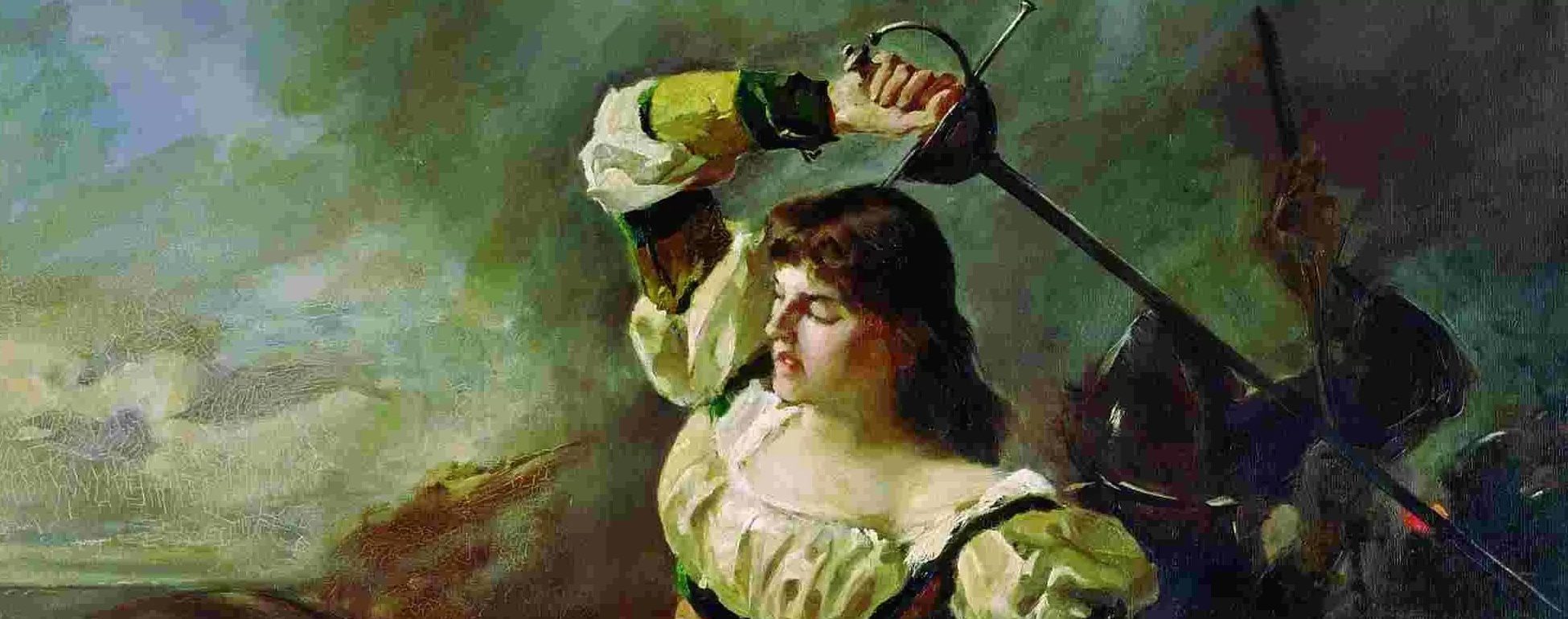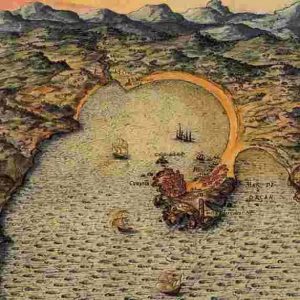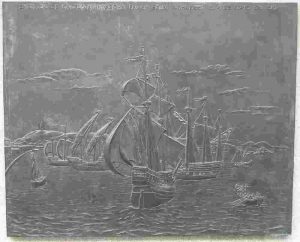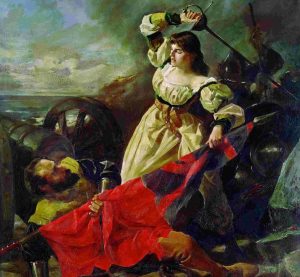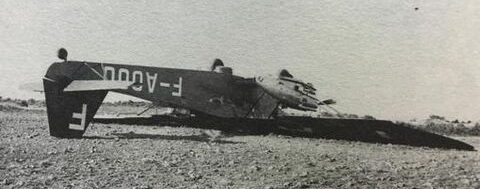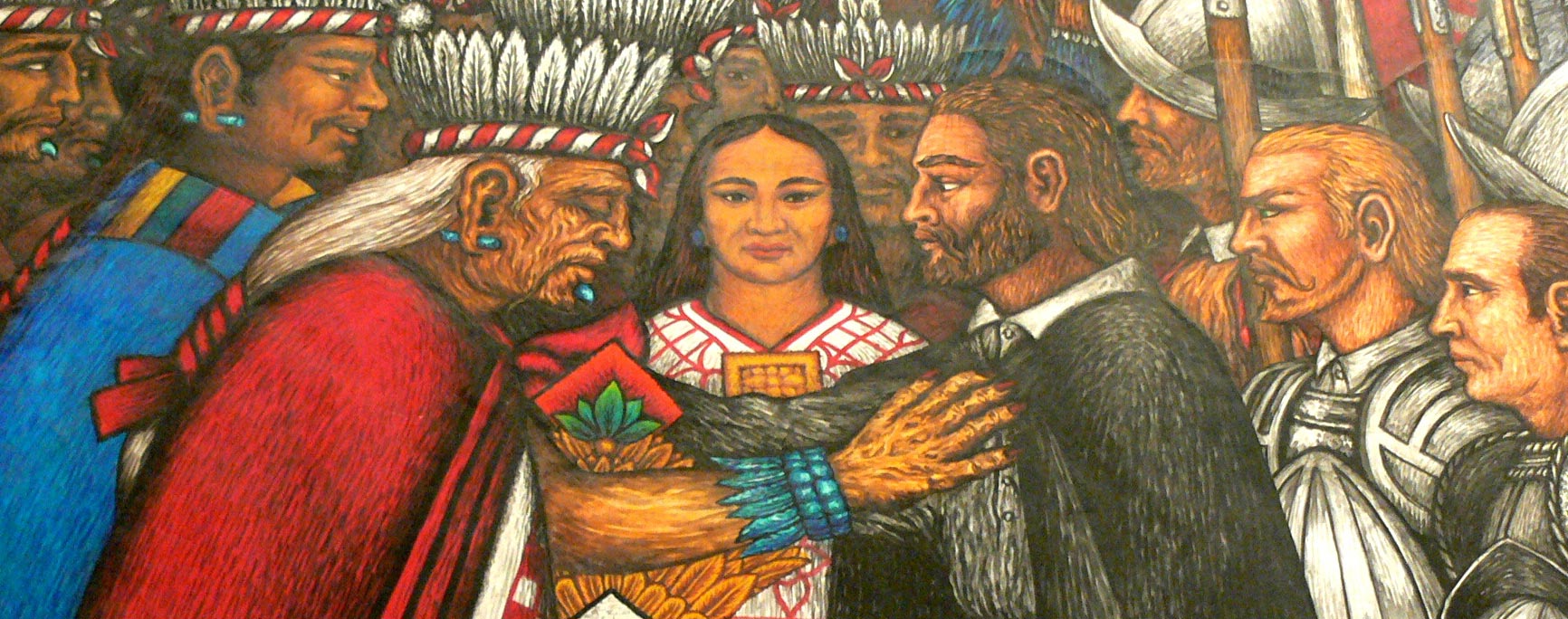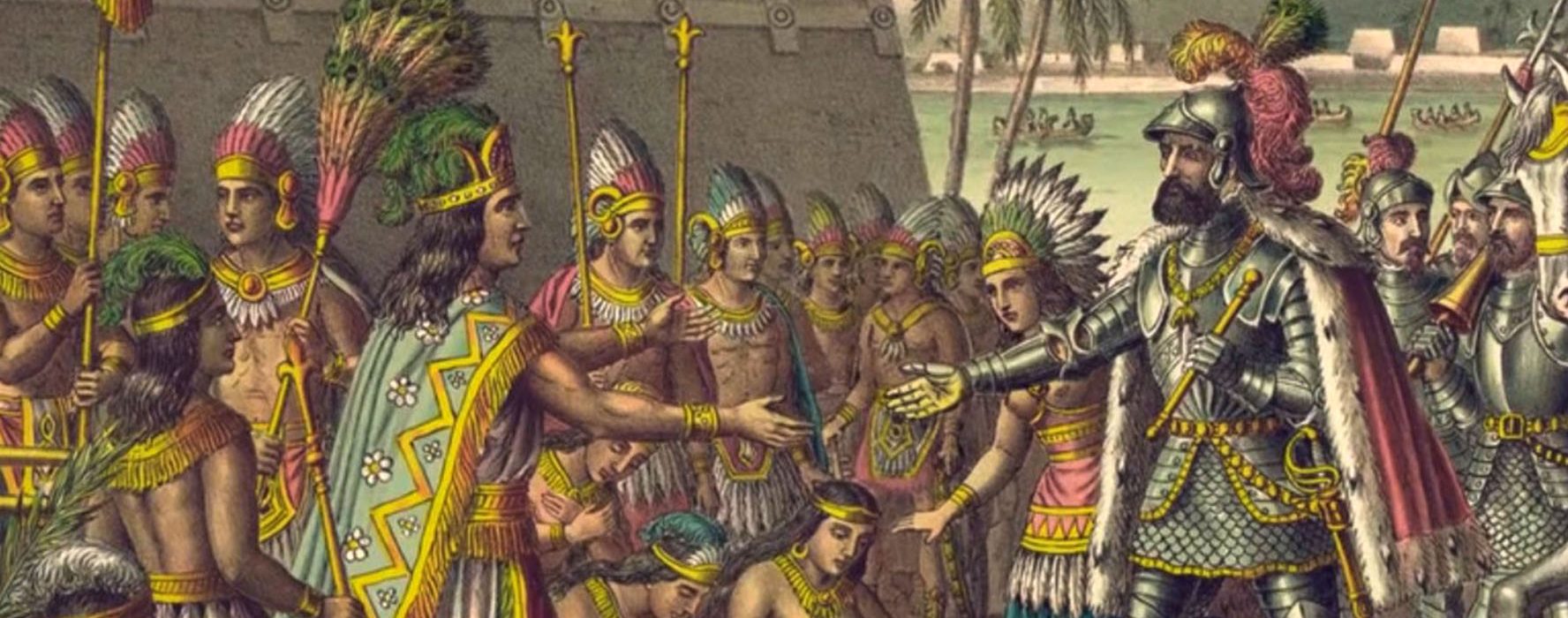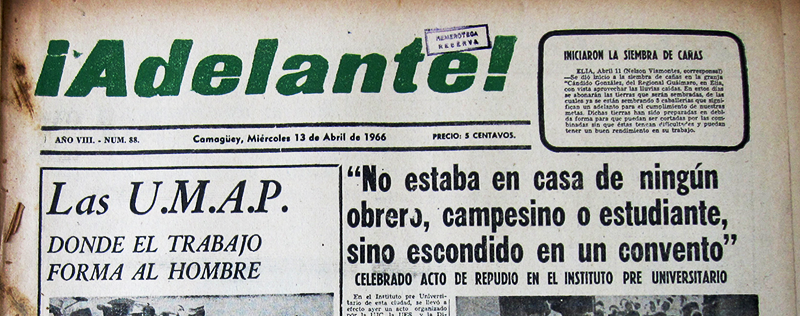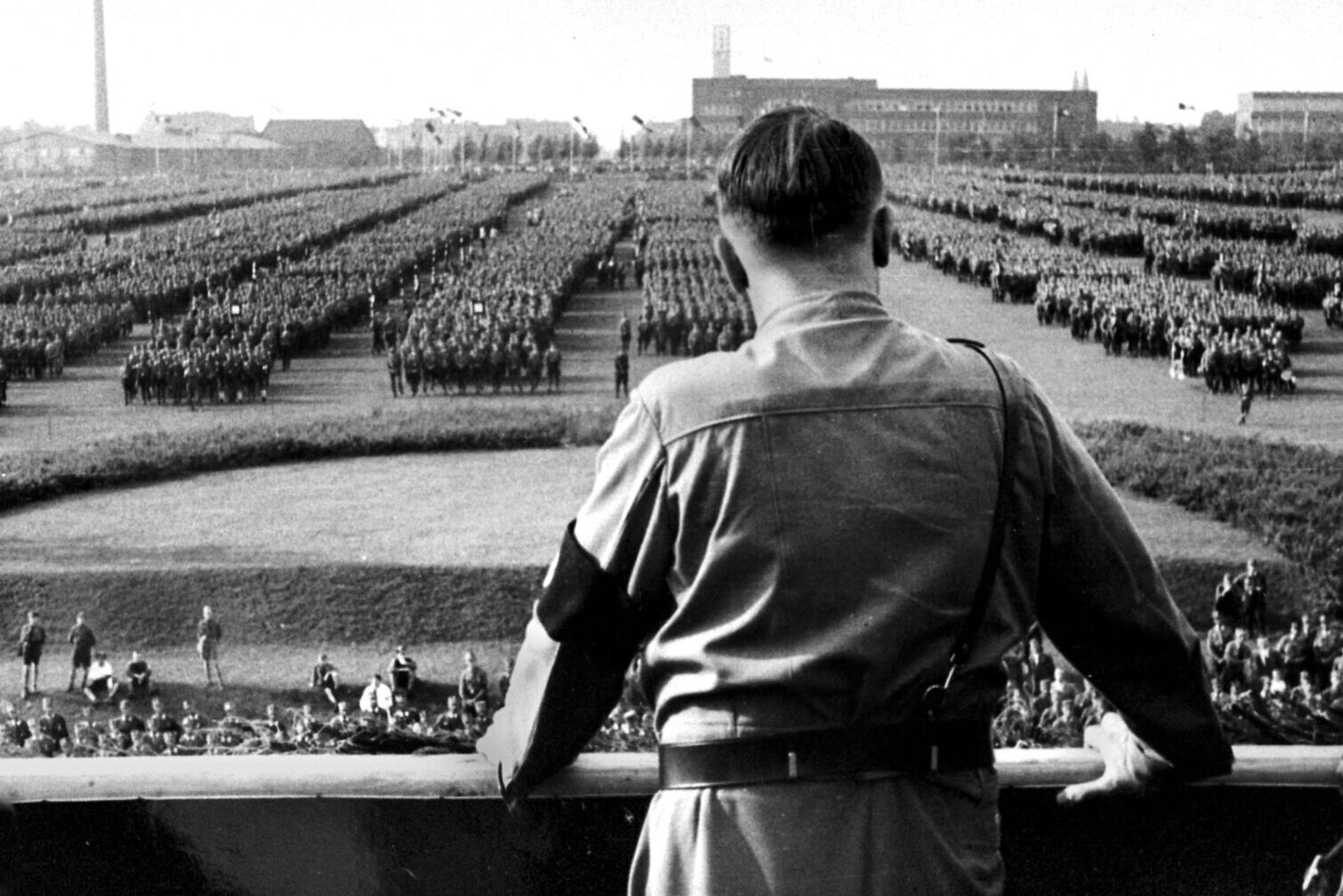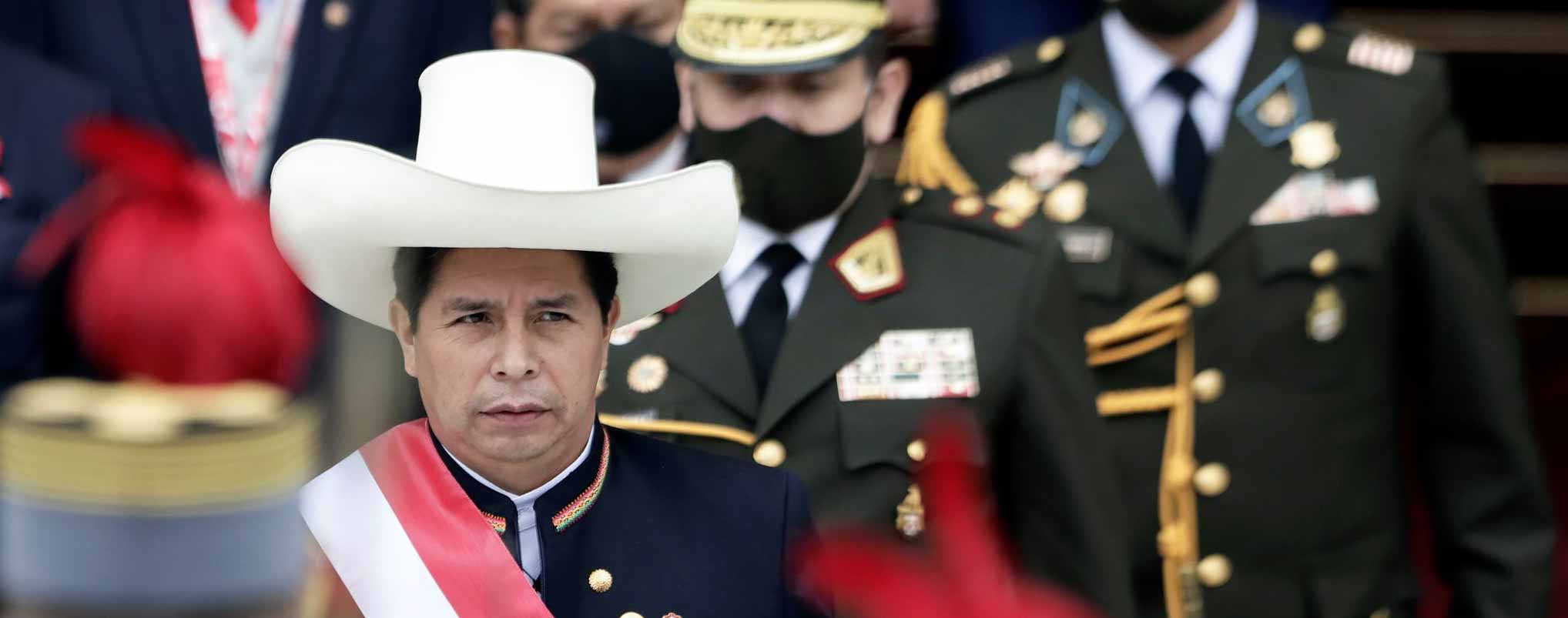Source:Revista de Historia
Known for his plundering of silver from Spanish ships, Francis Drake was a much-feared English explorer in the 16th century. In 1589, after having plundered the port of Nombre de Dios in Panama, the city of Cartagena de Indias or having attacked the colony of San Agustín years before, he was sent by the Queen of England to Santander as revenge for the Spanish Armada, known as the Invincible, which tried to attack the English.
The Counter Armada, the great English failure in return for the failure of the Spanish Armada, intended to defeat the Spanish monarchy with its large fleet of ships and its hardened privateers. Santander was the place chosen for the attack since it was there where a good part of the Spanish Armada was concentrated.
It was not a casual attack or of a minor degree of importance, for Elizabeth’s intentions were to occupy the throne in Lisbon by force as a coup d’état, in order to wrest the throne from Felipe II and put in his place the Prior of Crato, Don Antonio, as well as seize the Azores Islands and enhance their hegemony in the control of America, without underestimating their eagerness to plunder. But for Drake the best idea was to disembark in the port of La Coruña, which a priori seemed a more defenceless place and was considered a better place for the descent to Portugal. He, therefore, disobeyed the orders of Queen Elizabeth and also made a serious mistake that he could not remedy in any way.
It was not difficult for Drake and his more than 25,000 men to land on the coast and take over the port of La Coruña, burning several buildings including the large fish market in La Coruña.
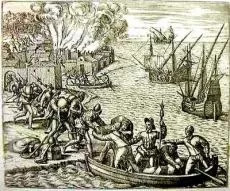
The English sacking of the fishmongers quarters in La Coruña
At first, he thought he had made the right decision despite having disobeyed a royal order. Everything changed when they entered the city.
The soldiers in arms, together with the inhabitants of A Coruña, joined forces to fight the English. They were hard weeks of small clashes, although very bloody, in the Galician streets and on the walls. The Marquis of Cerralbo, Juan Padilla, organized the defence of the attack, but little by little the English were gaining ground and it was only a matter of time before the Spanish surrendered. The wall gave way and the English corsairs soon penetrated the city, massacring the defenders.
They were unwilling to grant clemency, although neither were the Galician inhabitants going to do so. Drake knew the weakness in La Coruña, but he did not count on the surprise factor. As if falling from the sky, a little before the English flag crowned the top of the wall, a woman named Maria Pita of unknown date of birth, who was standing next to her dead husband, (a mistake by the soldier who killed him and which served as a pretext for the Spanish thrust) Maria Pita picked up a sword and shouted aloud:
“Those with honour, follow me.”
The soldier who was about to place the flag was skewered by that woman and all the survivors of the English invasion joined the voice and the steps of Maria Pita.
The sources consulted also speak that she did it with a pike and not with a sword or that she even ended the life of the Englishman, feat that served as an inspiration for the defenders, knocking down his ladder with an ashlar that was thrown with forcefulness ending his life immediately.
In any case, the action of Maria Pita served to increase the courage of the Spaniards, which had as a consequence that the English troops diminished in considerable numbers, so that Francis Drake himself ordered the retreat before the courage of the “coruñeses” with a large number of casualties on their backs and a great failure that the history of England would be responsible for covering one more time.
María Pita was not the only woman who defended La Coruña from the English, although her action has been the most distinguished of all by the testimonies collected. After the confrontation, María Mayor Fernández de la Cámara y Pita received the position of ensign by Philip II as a decoration for her service to the crown and her bravery.
Share this article
On This Day
- 1503 Battle of Cerignola (Italy).
- 1522 Santiago de Cuba is granted the city status by Carlos I.
- 1589 Margarita de Saboya is born.
- 1611 Archbishop Miguel de Benavides founded the University of St Thomas in Manila.
- 1777 José Primo de Rivera, Hero of the Sieges, was born in Algeciras.
History of Spain
26 August 2020
27 January 2021
Communism: Now and Then
23 December 2022
28 July 2021
